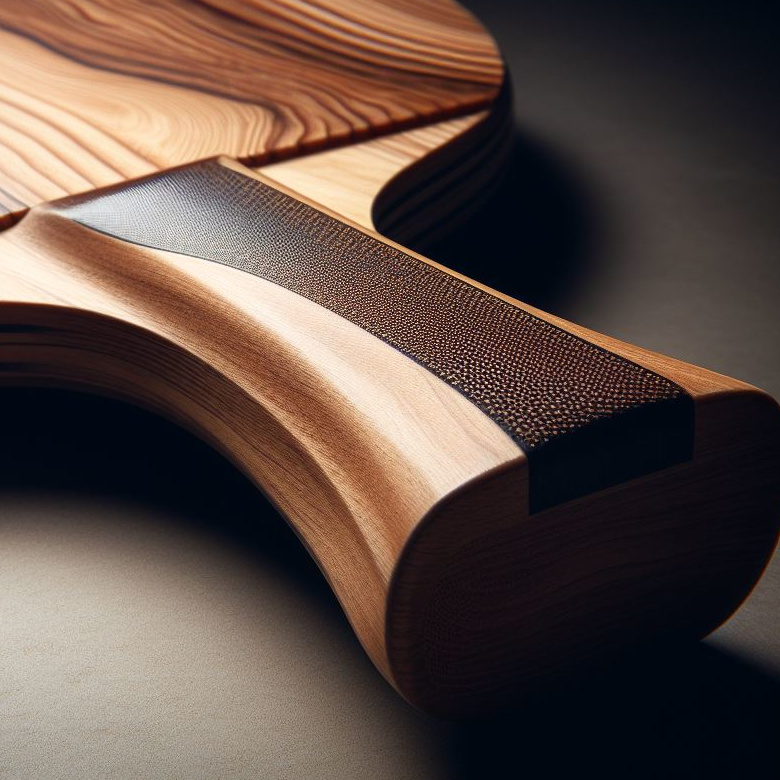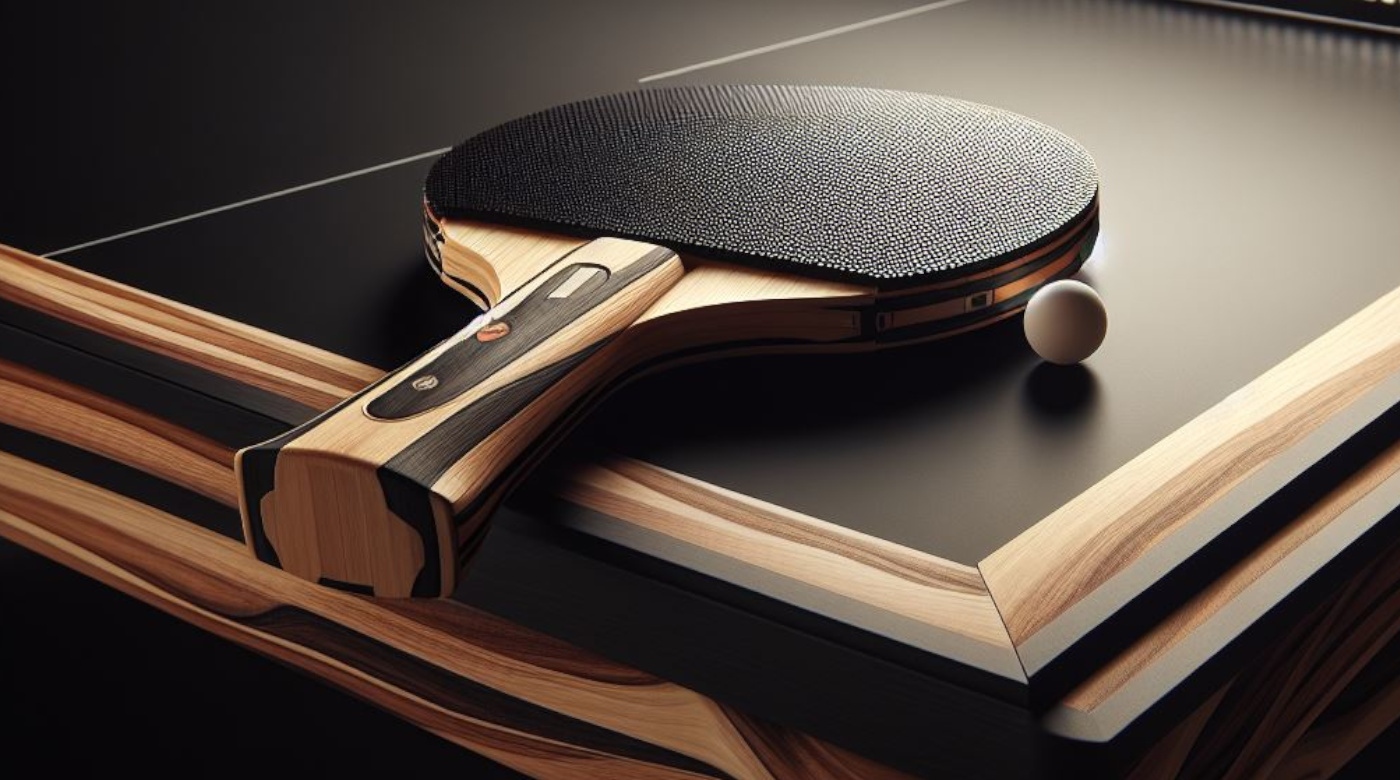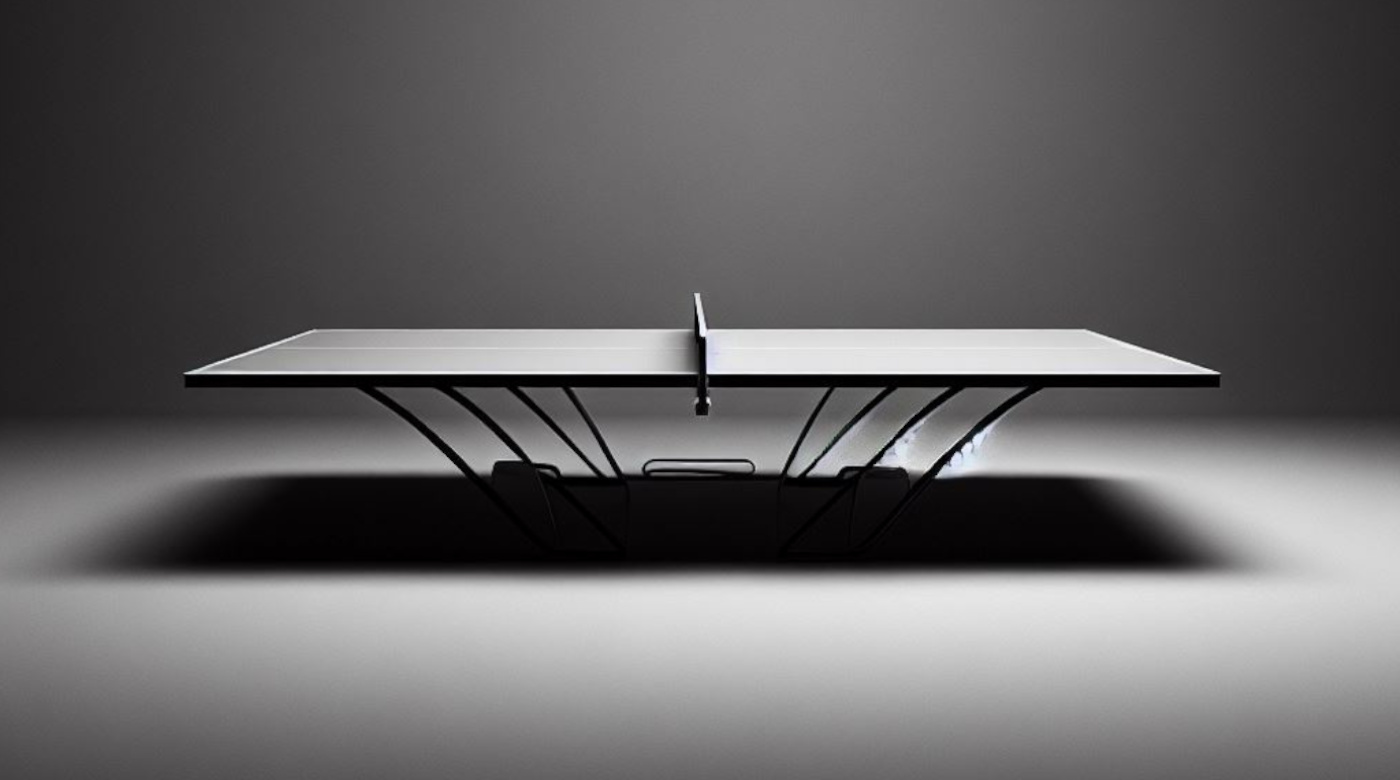Your cart is currently empty!
Ping Pong Tables: Features, Standards, and Types
Ping pong tables have evolved significantly over the years. Competitive tables, in particular, must meet the strict regulations of the International Table Tennis Federation (ITTF). However, there are also tables designed for other uses, each with unique characteristics depending on their purpose. Whether you are a competitive player or a casual enthusiast, it is crucial to understand the different types of tables, their materials, dimensions, and quality standards.
Regulation Ping Pong Tables for Competition
Competition ping pong tables must follow precise specifications defined by the International Table Tennis Federation (ITTF). Below are the essential characteristics for these tables:
- Dimensions: The table should be rectangular, with a length of 2.74 meters and a width of 1.52 meters.
- Height: It must be 76 cm above the floor.
- Net: The net should be set at a height of 15.25 cm.
- Playing Surface: The surface must provide a uniform bounce of 23 cm when a ball is dropped from a height of 30 cm.
- Color: The playing surface should be dark and matte, with a 2 cm white line along each edge. A dividing net splits the table into two equal halves, and for doubles play, a 3 mm central line is added.
Types of TT Tables
Ping pong tables vary depending on their intended use. Here is an overview of the main types:
- Outdoor Ping Pong Tables: These tables are designed to withstand weather conditions and potential damage. They are ideal for communal and intensive use. Outdoor tables are often made from durable materials such as concrete or resin. However, some outdoor tables may not meet the ITTF’s bounce standards. Certain resin or fiberglass tables, though, are approved for competitive play. Examples: Concrete tables in parks, roller tables, or garden tables.
- Indoor Ping Pong Tables: Less exposed to the elements, these tables are typically made from lighter, more durable materials. This leads to better bounce quality. Common materials include particleboard, resin, or sometimes premium wood for high-end models. Examples: Competitive resin or particleboard tables, folding tables, children’s tables, or luxury models with wood tops.
Quality Criteria for ping pong Tables
The quality of the table surface plays a critical role in the playing experience. Several factors influence the quality of the table and its bounce, including:
- Material: The choice of materials and the surface coating is vital for achieving a good bounce.
- Construction: Attention to detail during construction ensures the table’s durability and performance.
- Thickness: The thickness of the surface affects the bounce quality. Thicker tops generally offer better rebound.
- Maintenance: To maintain the table’s quality over time, follow the manufacturer’s care instructions. For example, avoid exposing indoor tables to the elements and use appropriate cleaning products.
Conclusion
Choosing the right ping pong table depends on your needs and preferences. Whether you require a competition-standard table or a recreational one, understanding the materials, standards, and types will help you make an informed decision. By considering factors like durability, bounce quality, and the table’s intended use, you can enjoy your game for years to come.
FEEL THE
DIFFERNECE…



